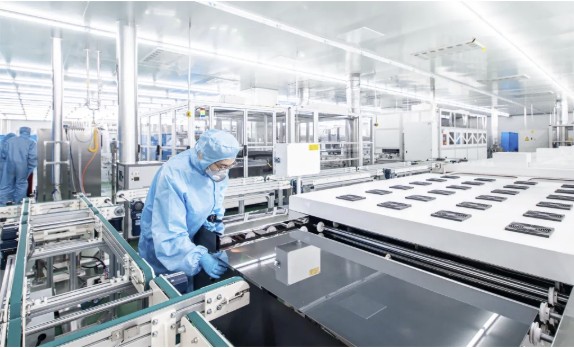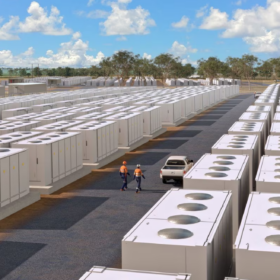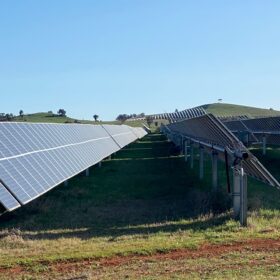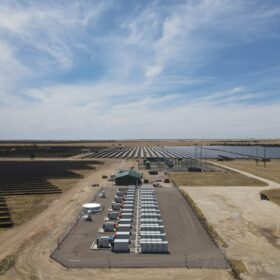Chinese PV perovskite specialist Renshine Solar has achieved 27.5% power conversion efficiency for a flexible all-perovskite solar cell. The company said the result is a world record for this cell typology. It was reached with support from Nanjing University in China and the University of Victoria in Canada.
The team rapidly cooled freshly coated perovskite films under a gas stream while delivering additives through ion-transport channels. The method enabled defect healing and controlled crystallisation on flexible substrates, avoiding cracks and voids.
Renshine transferred the laboratory-scale “dynamic crystallisation control” process to industrial roll-to-roll slit-coating equipment in under a month. It produced uniform wide-bandgap films on 30 cm × 40 cm flexible substrates.
The devices showed high mechanical resilience. After 10,000 bending cycles at a 10 mm radius, they retained more than 97% of initial efficiency. The modules also remained stable under thermal cycling, maximum-power-point tracking, and ultraviolet pre-exposure. Nanjing University’s Professor Li Yongxi said the practical value lies in solutions designed for deployment goals.
Based on this approach, the scientists built a 20.26 cm² flexible all-perovskite PV panel with certified efficiency of 23.0%. Both devices were detailed in the paper “In situ coating strategy for flexible all-perovskite tandem modules” published in Nature Photonics.
Founded in 2021 by Nanjing University’s Professor Tan Hairen, Renshine Solar stems from the academic team behind multiple world-record perovskite cells. Its leaders have surpassed 11 global efficiency milestones and advanced tandem technology included among China’s “Top 10 Scientific Advances.” The lab’s rigid cell efficiency reached 31.27% in 2025.
Renshine runs a 150 MW production line launched in 2023, making 1.2 × 0.6 m flexible modules at 20% efficiency, certified by NREL and TÜV. In early 2025, it invested CNY 1.25 billion (~USD 170 million) in a GW-scale facility due in 2026, with module sizes up to 2.4 × 1.2 m for ground, BIPV, and other markets. Its supply chain includes TCO glass from Golden Glass, POE film from Lushan New Materials, and coating equipment from Lead-Intelligent, with more than 95% localization.
In 2023, Renshine and Nanjing University set up a Perovskite Photovoltaic Industry-University Laboratory to support co-working and technical workshops. Tan said, “Innovation must bridge academia, research, and industry—the flexible perovskite breakthrough is exactly that collaborative outcome.”
Renshine and its partners present the milestone as a step toward commercial flexible perovskite modules, offering lightweight, low-cost, bendable, and high-efficiency designs. Potential applications include BIPV, mobile devices, wearables, and aerospace power systems. The shift from lab to industrial coating marks a new phase in the readiness of flexible perovskite technology.
This content is protected by copyright and may not be reused. If you want to cooperate with us and would like to reuse some of our content, please contact: editors@pv-magazine.com.








By submitting this form you agree to pv magazine using your data for the purposes of publishing your comment.
Your personal data will only be disclosed or otherwise transmitted to third parties for the purposes of spam filtering or if this is necessary for technical maintenance of the website. Any other transfer to third parties will not take place unless this is justified on the basis of applicable data protection regulations or if pv magazine is legally obliged to do so.
You may revoke this consent at any time with effect for the future, in which case your personal data will be deleted immediately. Otherwise, your data will be deleted if pv magazine has processed your request or the purpose of data storage is fulfilled.
Further information on data privacy can be found in our Data Protection Policy.